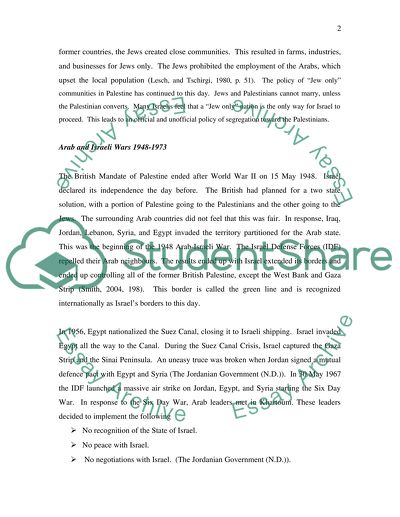Cite this document
(“Evaluate the changes in Israeli policy towards the Palestinians and Essay”, n.d.)
Evaluate the changes in Israeli policy towards the Palestinians and Essay. Retrieved from https://studentshare.org/miscellaneous/1543995-evaluate-the-changes-in-israeli-policy-towards-the-palestinians-and-account-for-the-recognition-it-finally-gave-the-plo-in-1993
Evaluate the changes in Israeli policy towards the Palestinians and Essay. Retrieved from https://studentshare.org/miscellaneous/1543995-evaluate-the-changes-in-israeli-policy-towards-the-palestinians-and-account-for-the-recognition-it-finally-gave-the-plo-in-1993
(Evaluate the Changes in Israeli Policy towards the Palestinians and Essay)
Evaluate the Changes in Israeli Policy towards the Palestinians and Essay. https://studentshare.org/miscellaneous/1543995-evaluate-the-changes-in-israeli-policy-towards-the-palestinians-and-account-for-the-recognition-it-finally-gave-the-plo-in-1993.
Evaluate the Changes in Israeli Policy towards the Palestinians and Essay. https://studentshare.org/miscellaneous/1543995-evaluate-the-changes-in-israeli-policy-towards-the-palestinians-and-account-for-the-recognition-it-finally-gave-the-plo-in-1993.
“Evaluate the Changes in Israeli Policy towards the Palestinians and Essay”, n.d. https://studentshare.org/miscellaneous/1543995-evaluate-the-changes-in-israeli-policy-towards-the-palestinians-and-account-for-the-recognition-it-finally-gave-the-plo-in-1993.


